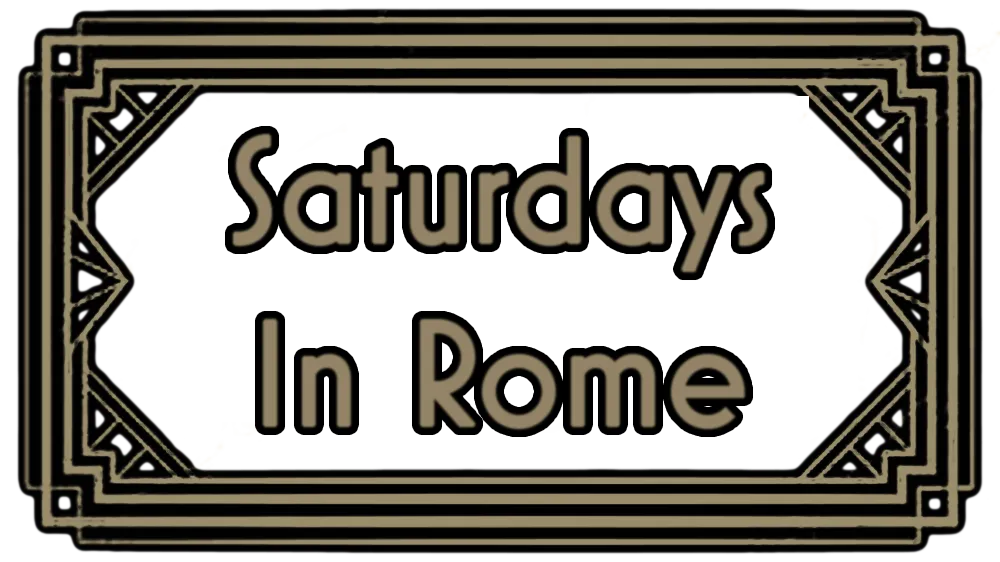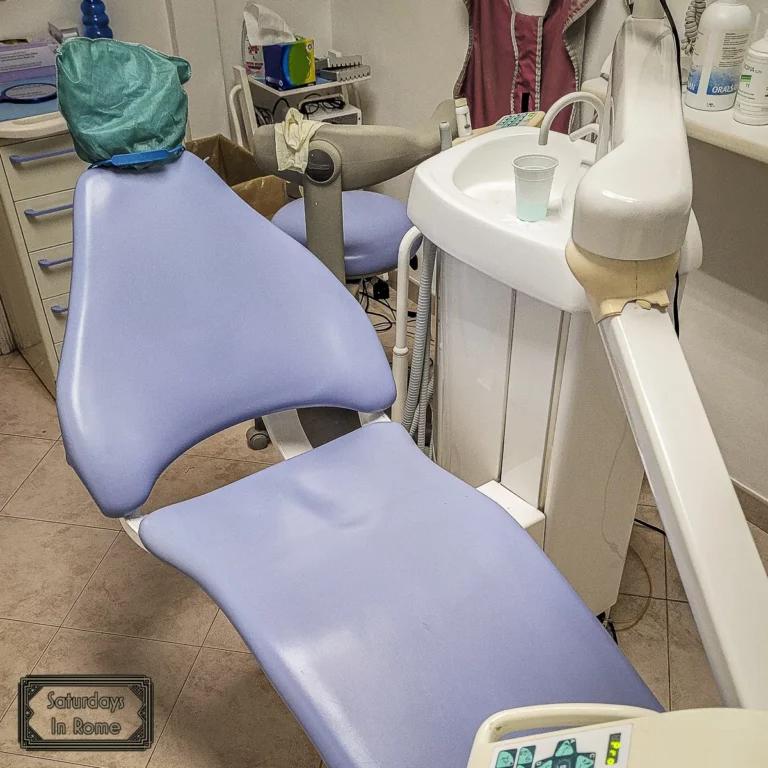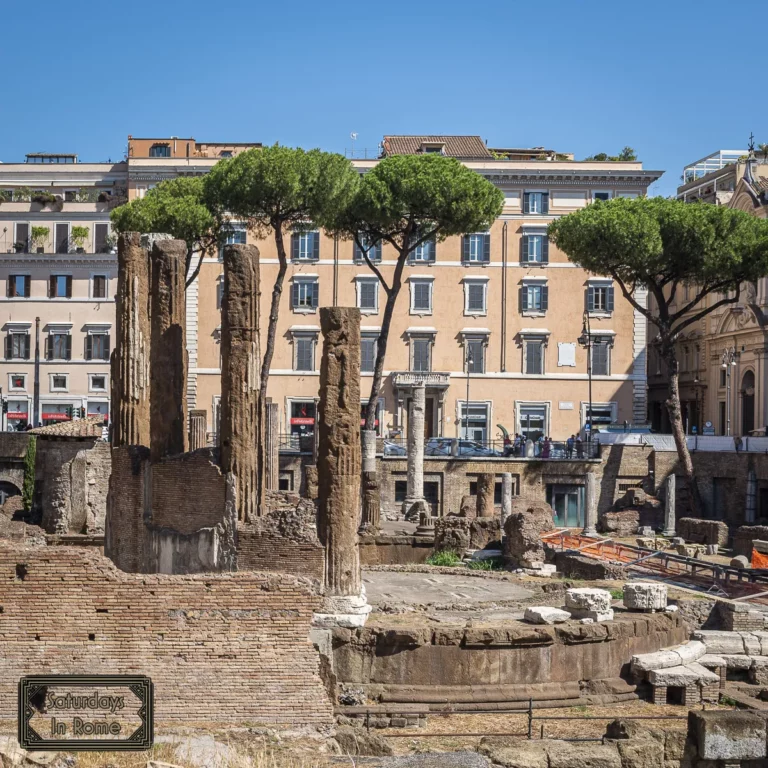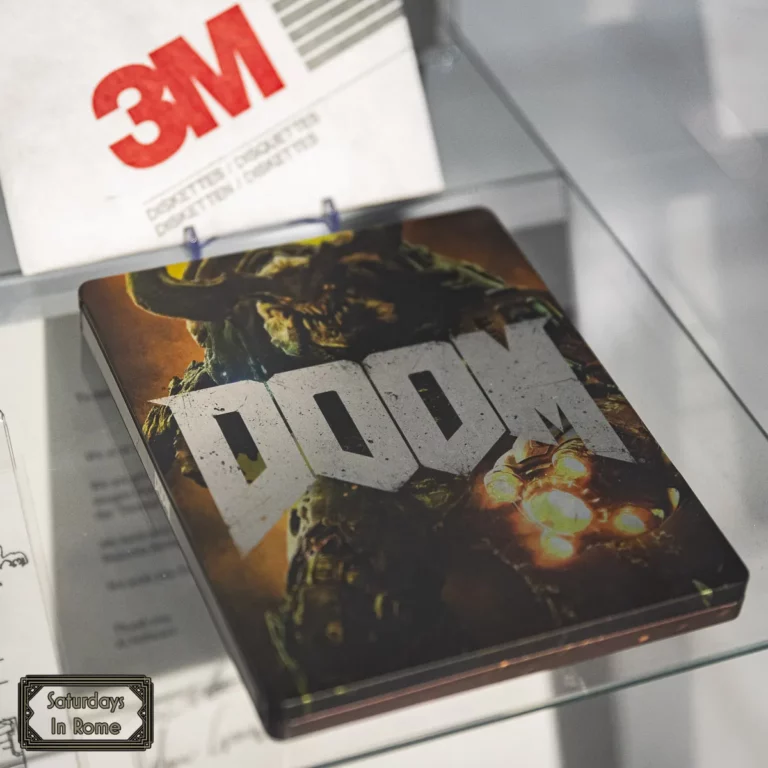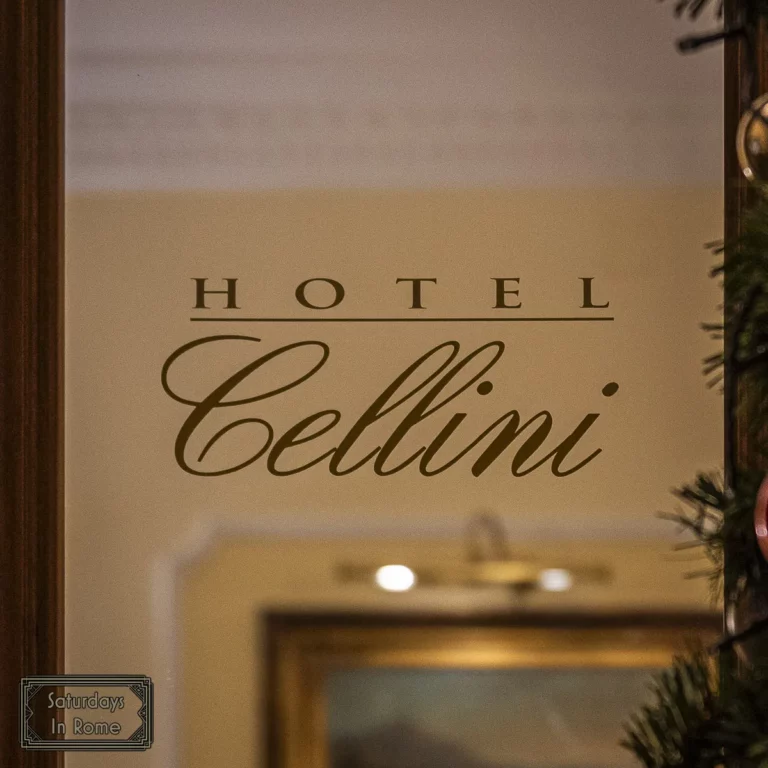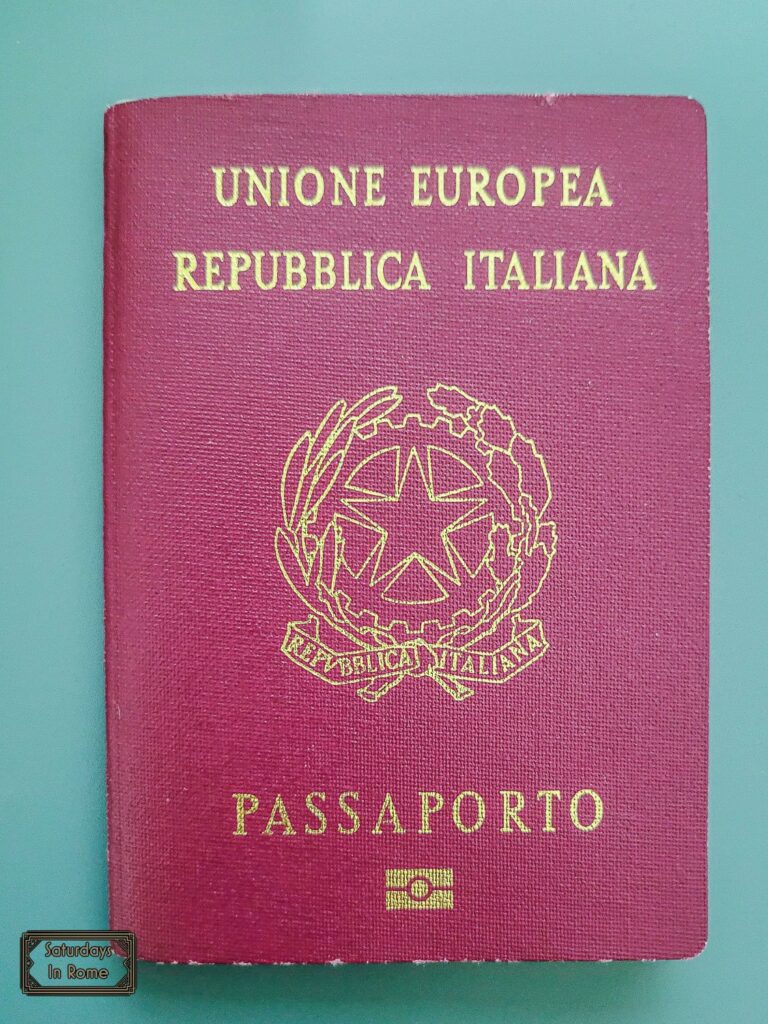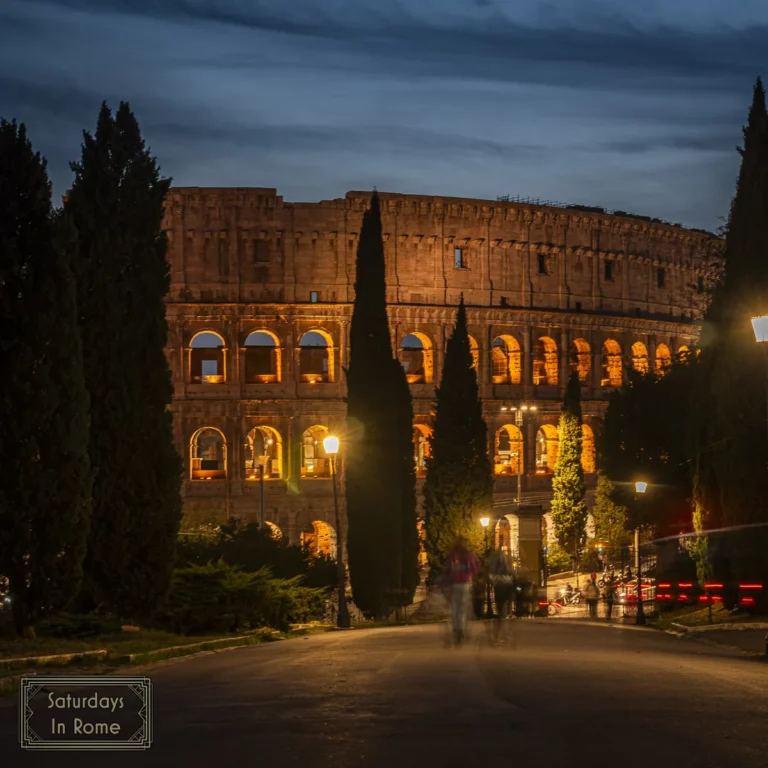How Does The Italian Government Work – A Beginners Guide
If you have been wondering how does the Italian government work, then this introduction to the political structures in Italy can help reveal the mysteries.
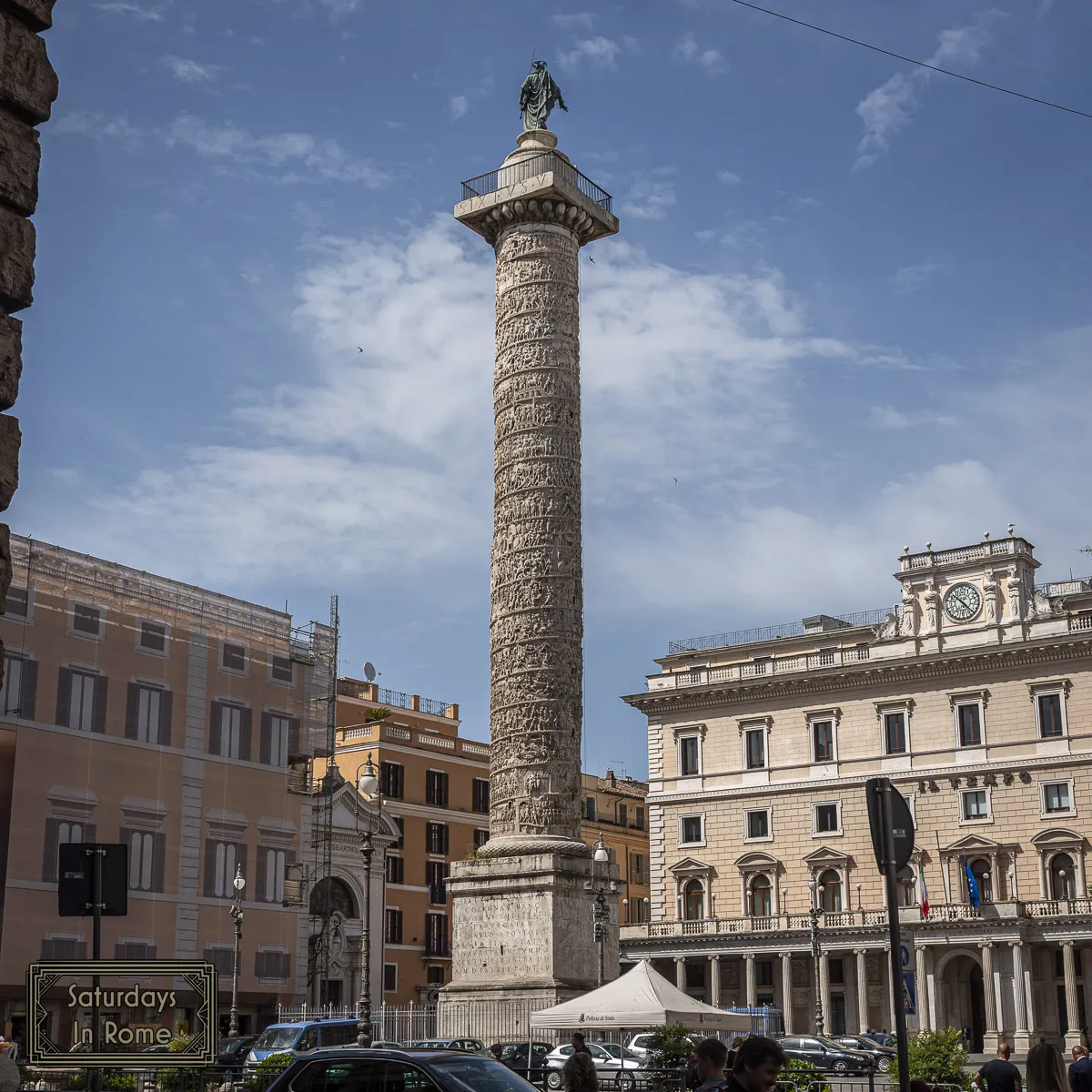
I always incorrectly equated the government of Italy to the history of the Roman Empire, so when someone talks about the Italian government I, and probably others, thought that it went back to the times of Emperor Julius Caesar.
Need Help Planning?
- Cheap Flights: Find The Most Affordable Flights.
- Accommodations: From 1 to 5 Stars And More.
- Car Rentals: Affordable Travel Across Italy.
- Sightseeing Tours: Explore Some Amazing Tours.
- Buying An eSIM: Stay Connected In Italy.
This post includes affiliate links.
It surprised me to learn about the history and how the country is younger than the U.S. because prior to 1861, Italy as we know it today was a diverse collection of nation-states. The Anniversary of the Unification of Italy is a national holiday on March 17 and celebrates the birth of Italy as a modern nation following the proclamation of the Kingdom of Italy on 17 March 1861.
What Type Of Government Does Italy Have?
Following unification, the Italian state grew out of the kingdom of Sardinia-Piedmont, where in 1848 a constitution was introduced that remained the basic law, of the kingdom and later of Italy, for nearly 100 years. The Government of Italy is a Democratic Republic and was established by the constitution in 1948. It consists of a legislative, an executive and a judicial branch, like the U.S., but with a separate Head of State, or President.
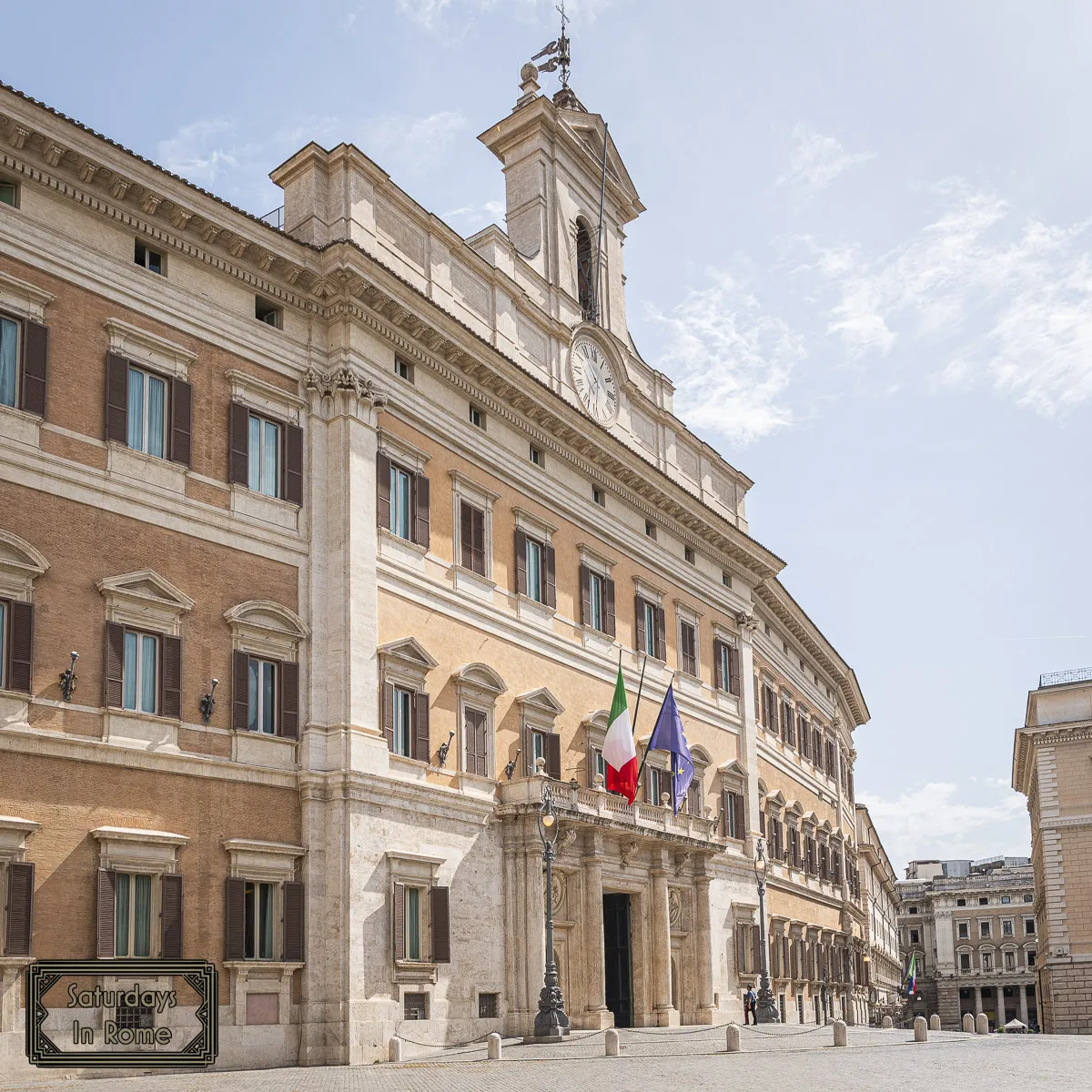
The Legislative Branch of Italy
Parliament is bicameral (two houses) and is comprised of the Chamber of Deputies (Camera Dei Deputi) and the Senate (Senato). All members of the Chamber of Deputies (the lower house similar to the U.S. House of Representatives) are popularly elected via a system of proportional representation, which serves to benefit minor parties. Most members of the Senate (the higher chamber) are elected the same way, but the Senate also includes several members appointed by the president and former presidents appearing ex-officio, all of whom serve life terms.
Who Is The Head Of State In Italy?
The President of the Republic is the head of state and typically serves a seven year term. The president is elected by a college comprising both chambers of parliament, together with three representatives from every region.
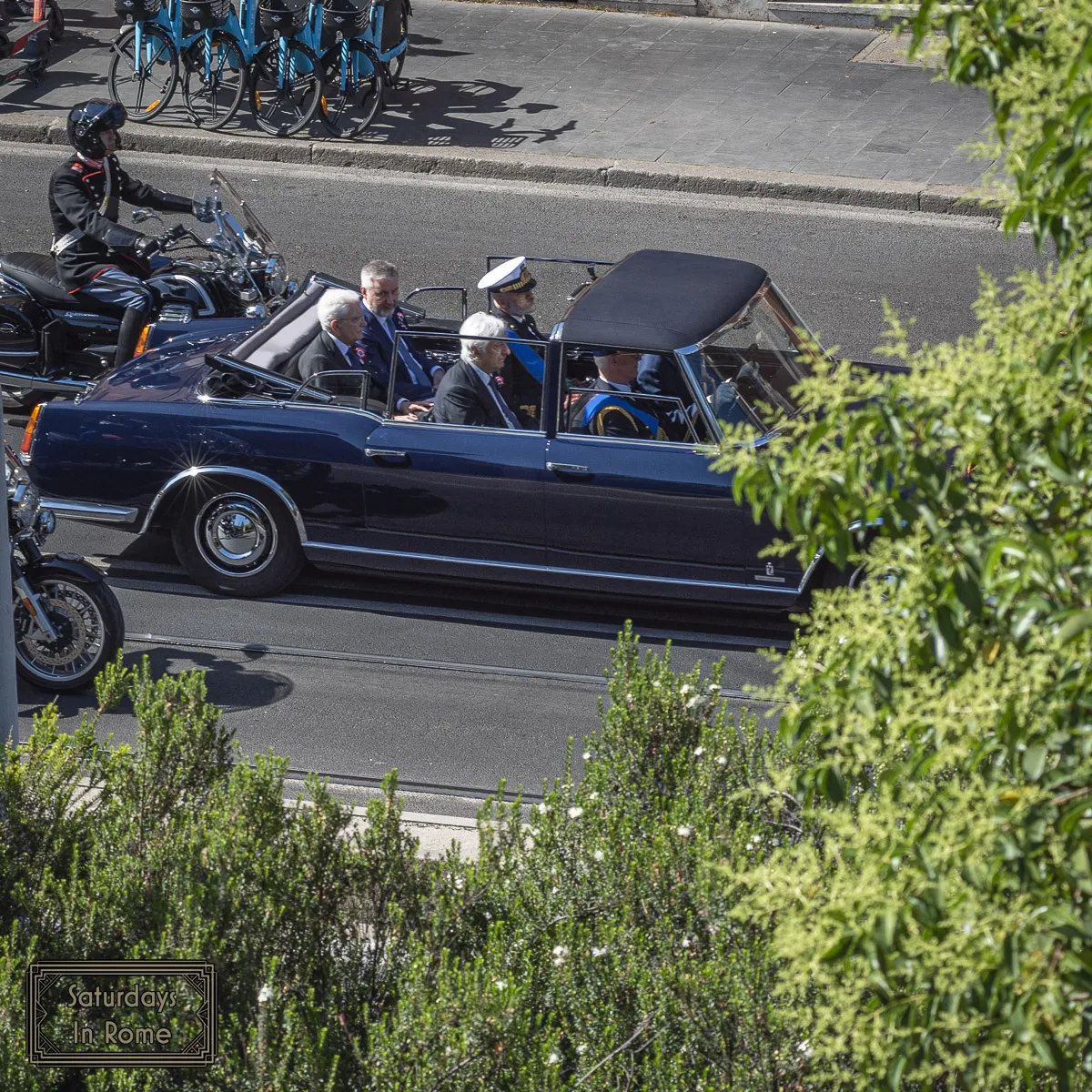
This is a process that is laden with tradition that was recently experienced when Italian President Mattarella was re-elected for a second seven year term. The two-thirds majority required guarantees that the president is acceptable to a sufficient proportion of the populace and the political partners.
The President’s powers and responsibilities include:
- Sending messages to Parliament to authorize the introduction of bills by the Government, and promulgate laws, decrees and regulations,
- Dissolving one or both Houses of Parliament, with exceptions.
- Calling for a general referendum.
- Appointing state officials.
- Accrediting and receiving diplomats, and to ratify international treaties, after the Parliament’s authorization.
- Making declarations of war, when agreed upon by the Parliament, as Commander-in-Chief of the armed forces.
- Granting pardons, commuting sentences, and conferring honorary distinctions of the Republic.
The Italian System Of Government
Italy’s government today is composed of the President of the Council of Ministers and other ministers responsible for various departments. Ministerial appointments are negotiated by the parties of the majority. President of the Council of Ministers (a.k.a. The Prime Minister of Italy) is currently the first woman to hold the position, Giorgia Meloni, with recent ones including: Mario Draghi, Giuseppe Conte, Paolo Gentiloni, Matteo Renzi and Silvio Berlusconi.
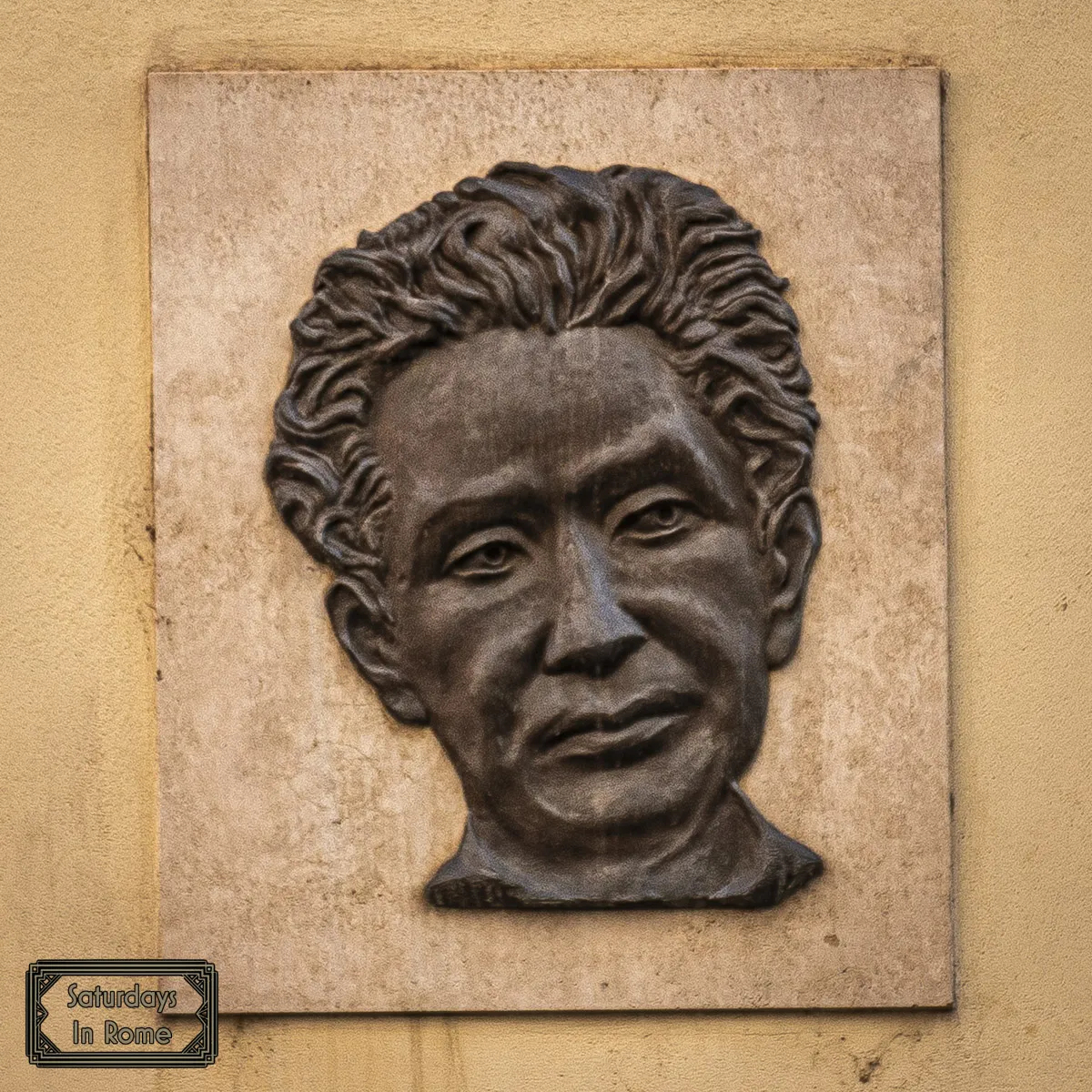
Il Palazzo Chigi
Palazzo Chigi has been the seat of the Italian Government since 1961 and is located in one of the most famous areas of Rome’s historic center (Centro Storico) along via del Corso, almost halfway between Piazza del Popolo and Piazza Venezia. The entrance is on Piazza Colonna, which takes its name from the two-thousand-year old Column of Marcus Aurelius that stands in front of the main door. The right side of the palace faces the seat of the Chamber of Deputies.
Palazzo Chigi’s architectural history dates back more than three centuries, but started life as a group of simple homes belonging to different families that were rebuilt after being demolished. Palazzo Chigi, with its central and prestigious location, became the seat of the Presidency of the Council of Ministers, which up until then had been housed in Palazzo del Viminale (where the Ministry of the Interior is currently based).
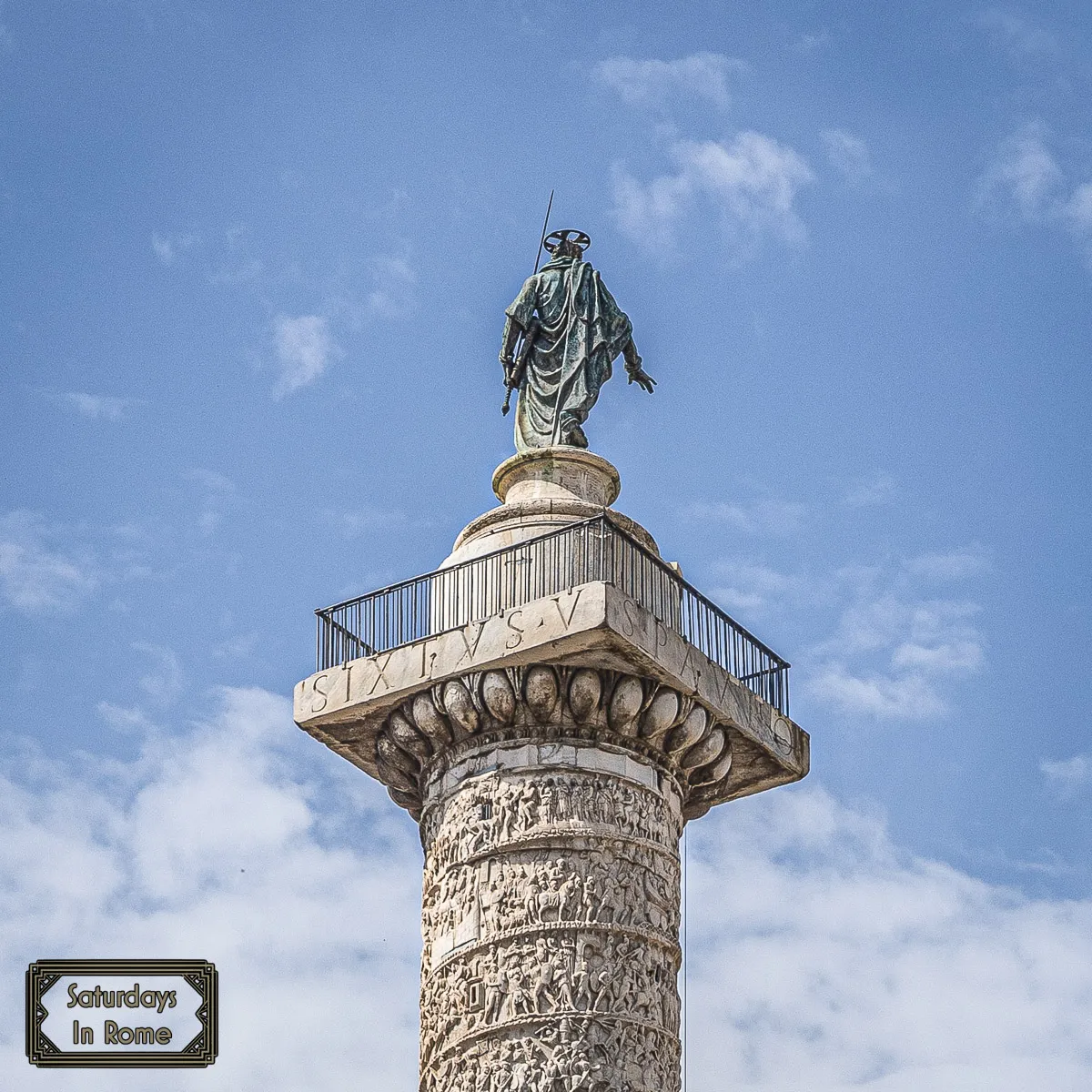
Visiting The Senate
Guided tours in Italian of Palazzo Madama, the main building of the Italian Senate, are typically conducted on the first Saturday of each month, except during August because if you were not aware, everyone goes on vacation in August. Visitors are guided by Senate staff, who explain the main features of the most significant halls, rooms and other points of interest of Palazzo Madama.
Visiting time is from 10:00 a.m. to 6:00 p.m. Guided tours start every 20 minutes and last 40 minutes approximately. Admission is without tickets and booking in advance is not possible. Appropriate clothing is required, in general, and men must wear a jacket and tie. Private citizens can also visit the senate during the annual Night of Museums in Rome.
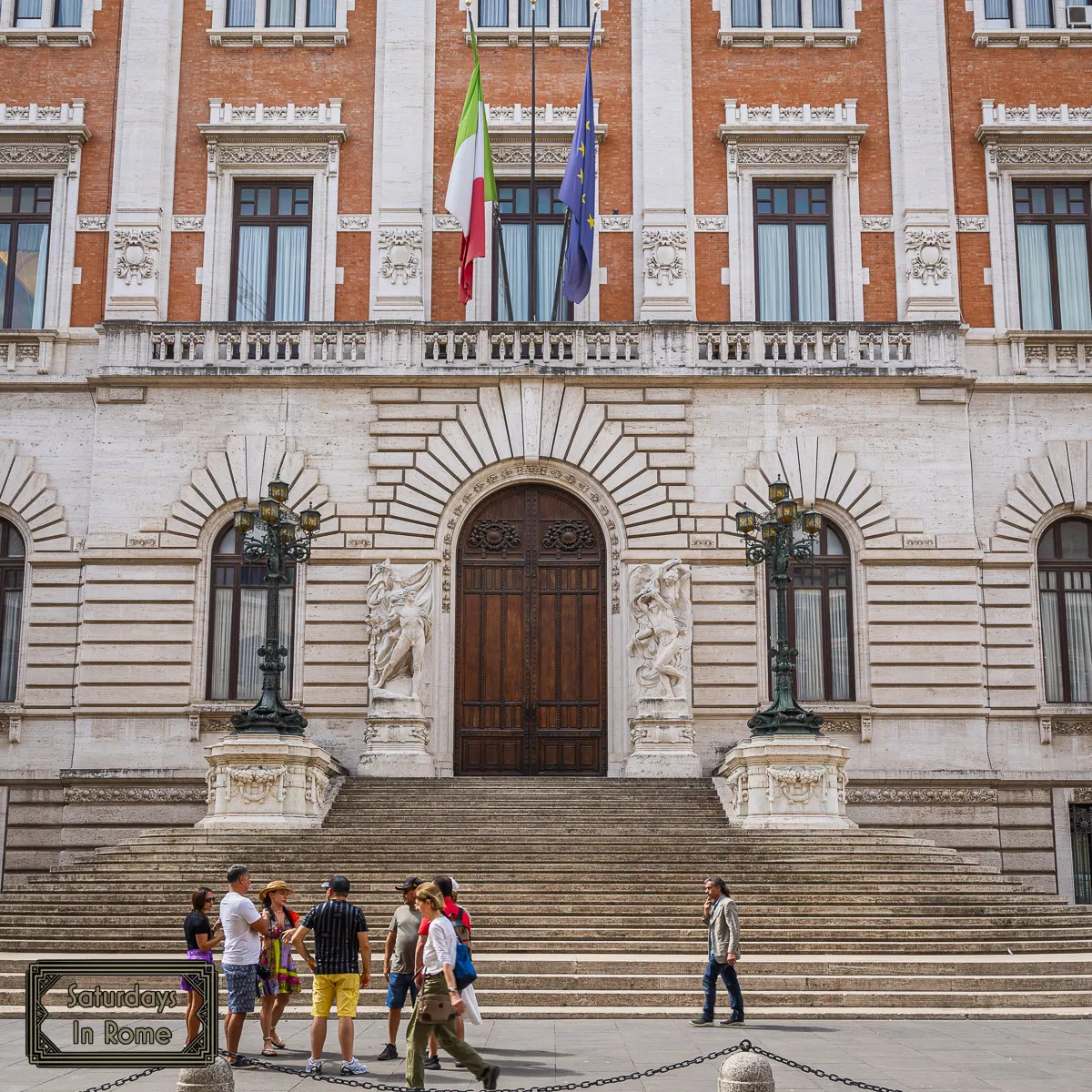
To visit Palazzo Madama you will need to get an access ticket by being at the entrance to Piazza Madama no. 11 on the day of the opening to the public, from 7.00 p.m. on. Each visitor can request, subject to availability, a maximum of two tickets if they are an adult and a single ticket if they are a minor, choosing a time between 8.00 p.m. and midnight with intervals of thirty minutes. Decent attire is again required and it is forbidden to take photographs or make videos.
Visiting the Chamber of Deputies
Open Door Day at Montecitorio
Montecitorio opens its doors generally once a month from October to June. This provides the opportunity to visit some of Palazzo Montecitorio’s most iconic spaces, such as the Plenary Hall, the so-called Corridor of Lost Steps (also known as Transatlantic Hall), and the other main halls of the Chamber of Deputies. Over the course of the visit, Montecitorio staff will illustrate the palace’s main historical, artistic, and institutional aspects. To take part in the next Open Door Day, you must make a reservation online.
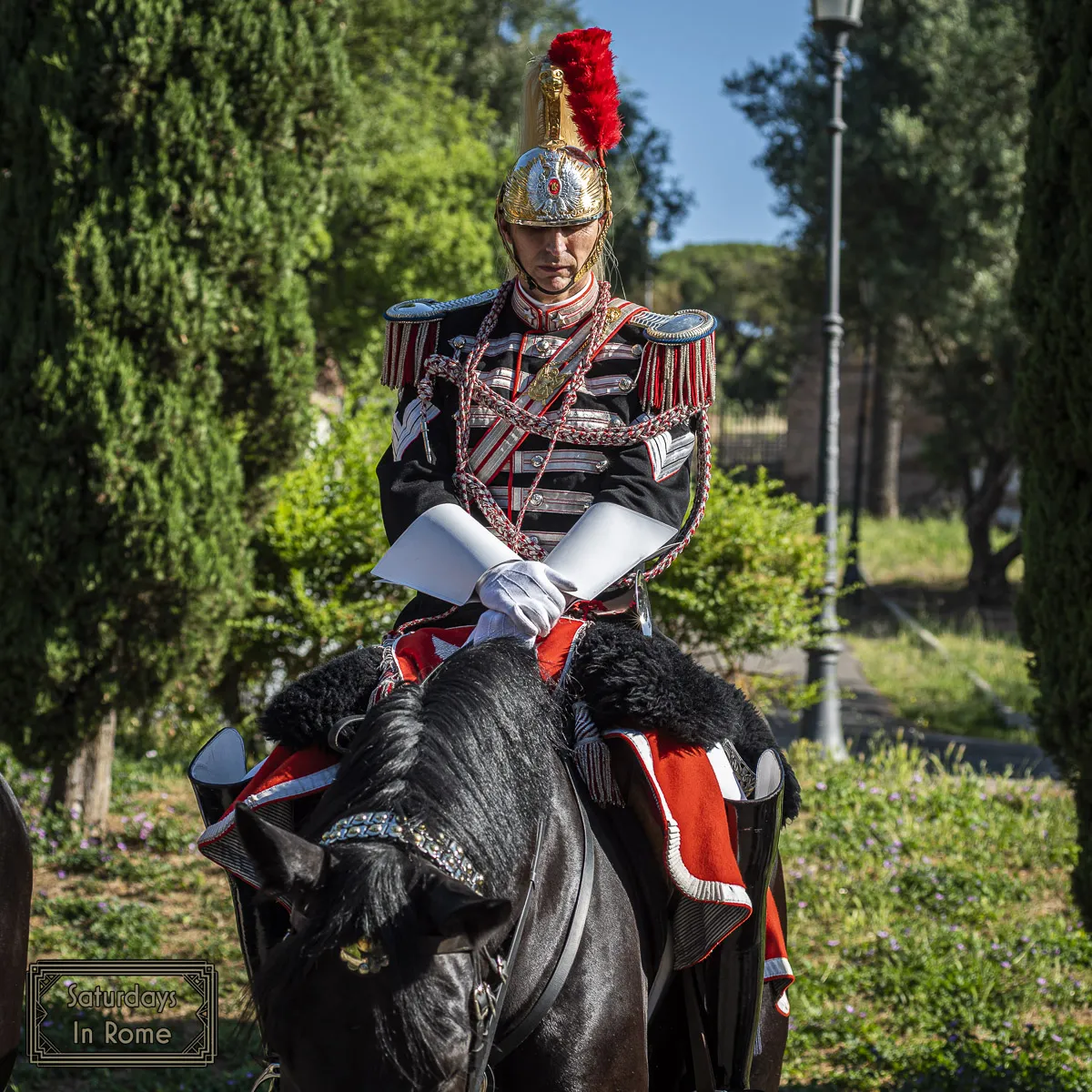
Regional & Local Government In Italy
The Republic of Italy is divided into 50 regions (regioni), provinces (province), and communes (comuni). There are 15 ordinary regions and an additional 5 special autonomous regions. The regions with ordinary powers are Piedmont, Lombardy, Veneto, Liguria, Emilia-Romagna, Tuscany, Umbria, Marche, Lazio, Abruzzo, Molise, Campania, Puglia, Basilicata, and Calabria.
Why Italian Governments Are Often Short-Lived
Once on a trip to Italy we received a panicked email from a family member informing us that the Italian government fell and we should be careful and possibly get in touch with the U.S. Embassy. As we walked around Rome it was strange that there didn’t seem to be any acknowledgement of this, let alone any concern or panic.
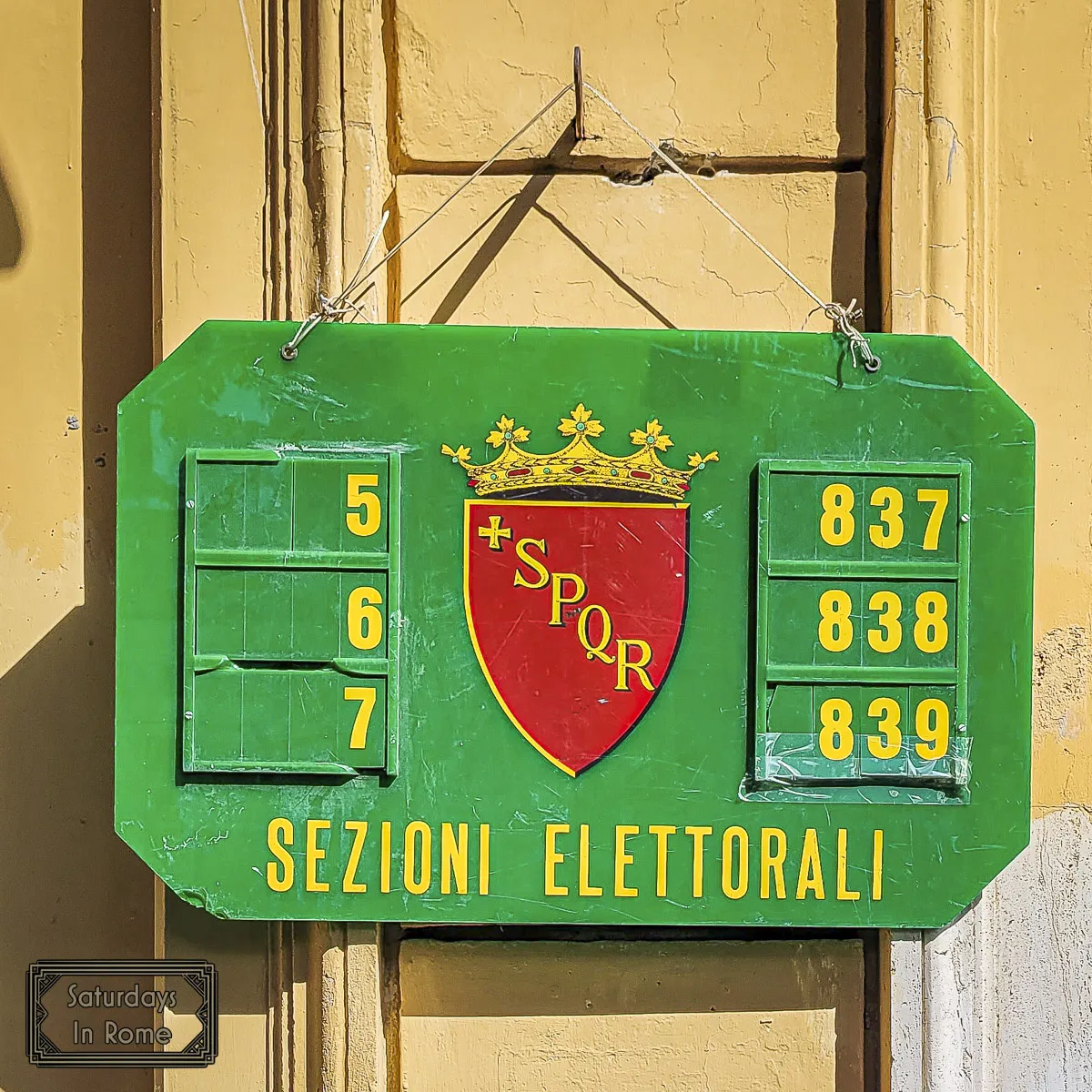
We learned later that the sudden change in government is a big deal in the U.S. and other countries, but here in Italy it is no big deal. To put it in perspective, Italy has had more than 65 governments in the last 70-odd years and Italy will have its 69th government since the end of the second world war—on average, one every 13 months.
Why Do Italian Governments Change So Often?
The turnover in the Italian governments is more figurative than real. It’s not the Prime Minister but the President who formally appoints ministers, so the head of government typically resigns in order to reshuffle his cabinet. For example, Silvio Berlusconi was in office continually from 2001 to 2006, but in 2005 he shuffled his ministers, so technically he had two governments, one immediately following the other.
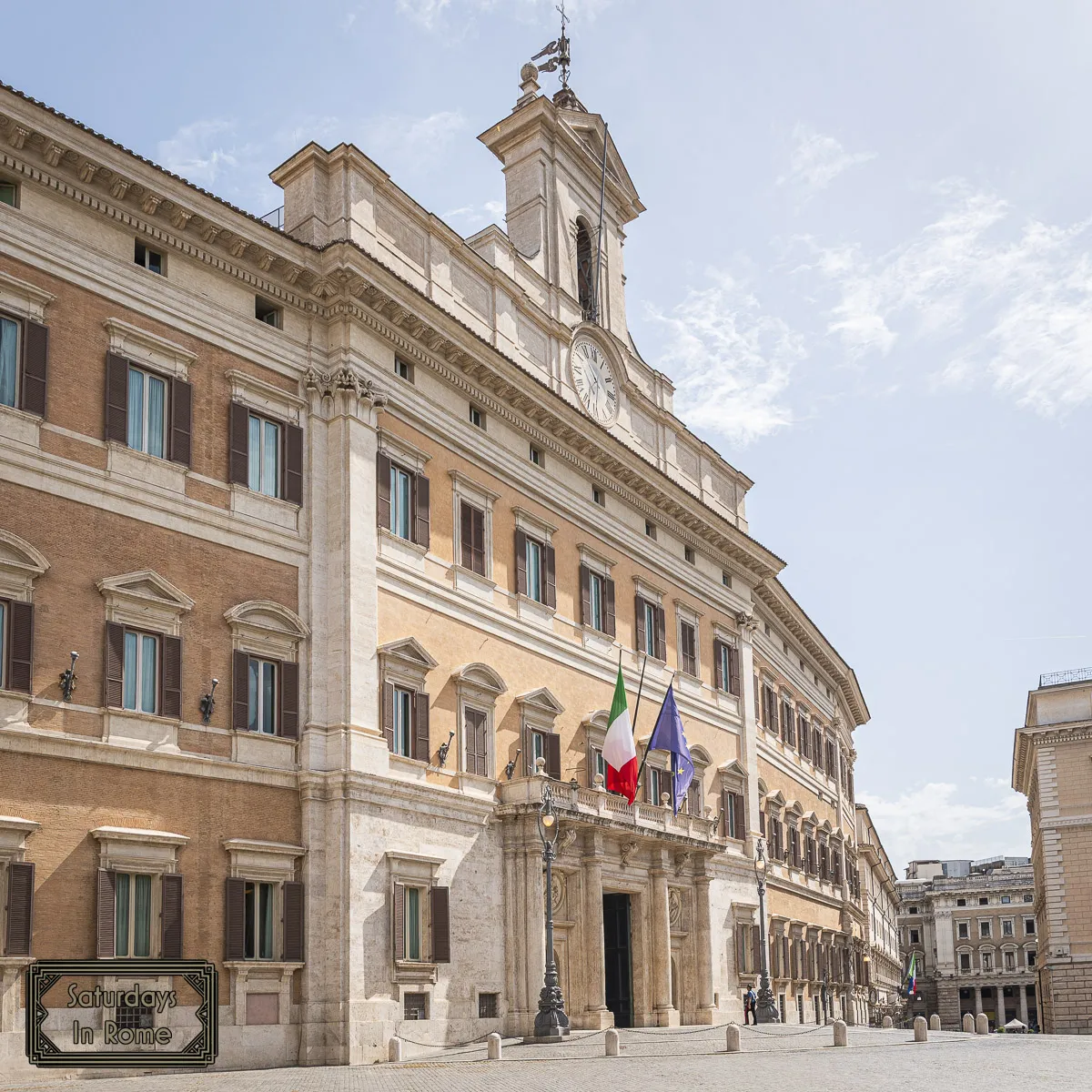
Other Sites Of Interest
If you have more questions about the Italian Government, you can check out these useful links to learn more:
Other topics related to how does the Italian government work can also be found in blog posts here:
- How The Government In Italy Supports Tourists.
- Does Italy Have A King Today Or Did It Ever Have One?
- How Is The Italian Government Elected By Its Citizens?
- The Post Office In Italy Is Easy To Manage With This Guide.
- Heroes Of Sicily And The Mafia Villains They Fought.
- Your Guide To Italian Citizenship Through Marriage.
- Our Experience With Getting Italian Citizenship By Descent.
- Helping Understand Applying For Italian Citizenship By Birth.
- Italian Citizenship Requirements Include These Documents.
- The Italian Digital Nomad Visa Is Finally Available!
- An ETIAS For Italy Will Be A Requirement, But Not A Visa.
- Who Killed Aldo Moro? His Kidnapping And Murder Is Explained.
